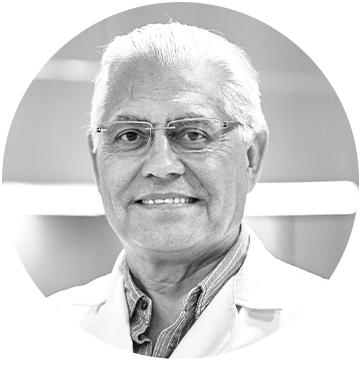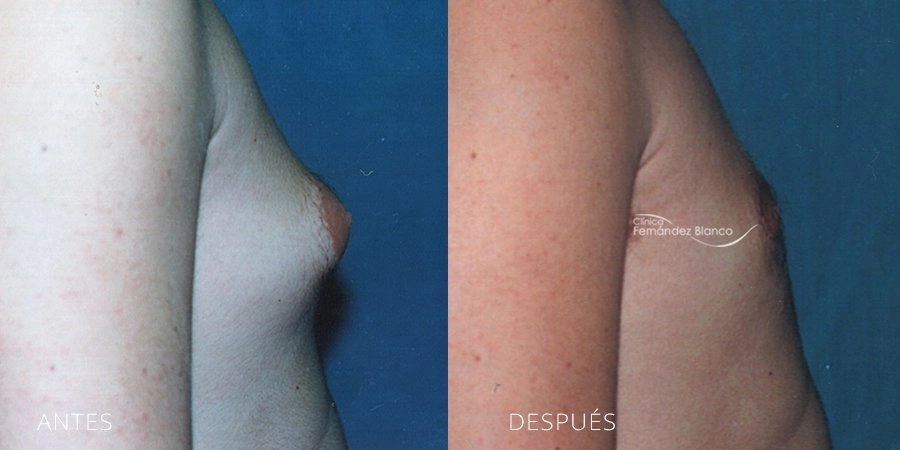Gynecomastia in men is the enlargement of breast tissue, which results in an unaesthetic appearance of the chest. One of the most common questions is whether gynecomastia can be treated without surgery. Here’s an explanation.
What is gynecomastia in men and what are its types?
Gynecomastia is caused by an imbalance in estrogen and testosterone hormones, leading to an enlarged and unaesthetic breast. There are two types of gynecomastia:
- The one caused by a buildup of fat, known as adipose gynecomastia.
- The one where there is the presence of glandular breast tissue, known as true or real gynecomastia.
Gynecomastia can affect just one breast or both. The causes can be hormonal or unknown; however, drugs, medications, and other factors can also trigger it. According to SECPRE, between 40% and 60% of men have gynecomastia.
Problems caused by gynecomastia in men
Generally, gynecomastia is not a serious issue beyond its aesthetic impact. However, some men may experience pain in the area and, more commonly, feel ashamed of their physical appearance.
How do I know if I have gynecomastia?
One of the most common questions on this topic is usually “How do I know if I have gynecomastia?”
The tests used to diagnose gynecomastia and determine its type—adipose or true—are:
- Blood and urine tests to assess hormone levels.
- Breast ultrasound to determine the presence or absence of glandular tissue.
These diagnostic tests provide information on whether the gynecomastia is glandular or caused by fat accumulation.
Can gynecomastia in men be eliminated without surgery?
The most complete answer is no. In cases of adipose gynecomastia, also known as pseudogynecomastia, exercise and diet can help reduce it, but never fully eliminate it. To completely treat it, surgery is always necessary. Specifically, adipose gynecomastia is treated with liposuction, which delivers excellent results with minimal scarring.
Would you like to undergo gynecomastia surgery?
Request an appointment with our gynecomastia surgeons now!
In the case of true gynecomastia, since breast tissue develops, weight loss or exercise may reduce it, but not significantly. The chest will appear uneven and the breast area will be saggy. The surgical treatment for glandular gynecomastia involves the removal of the gland through an incision in the lower half of the areola, always preserving a small portion of the gland to prevent the areola from sinking in and sticking to the pectoralis major muscle.
A good illustration of this is seen in bodybuilders. Some of these athletes combine exercise with the use of steroids, which can sometimes stimulate estrogen production, leading to the development of female sexual characteristics and, consequently, breast enlargement.

Dr. Alfredo Fernández Blanco
The plastic surgeon Dr. Alfredo Fernandez Blanco stands out in his branch of medicine, as the best breast surgeon, he is also a pioneer in the so-called secondary surgeries or sequelae. With more than 30 years of experience and thousands of successful cases, he continues to achieve the most natural results that can be expected in a cosmetic surgery operation.





